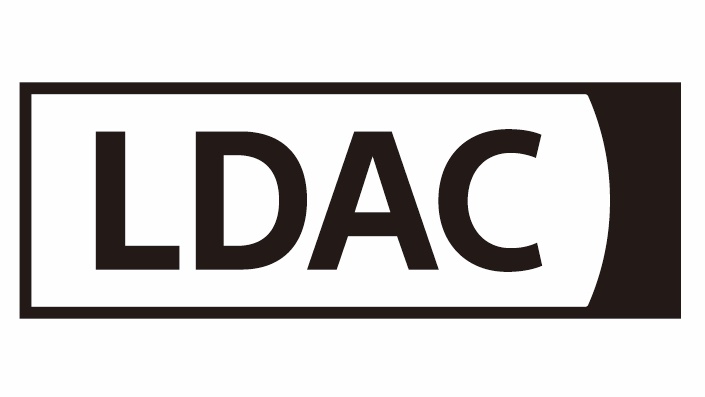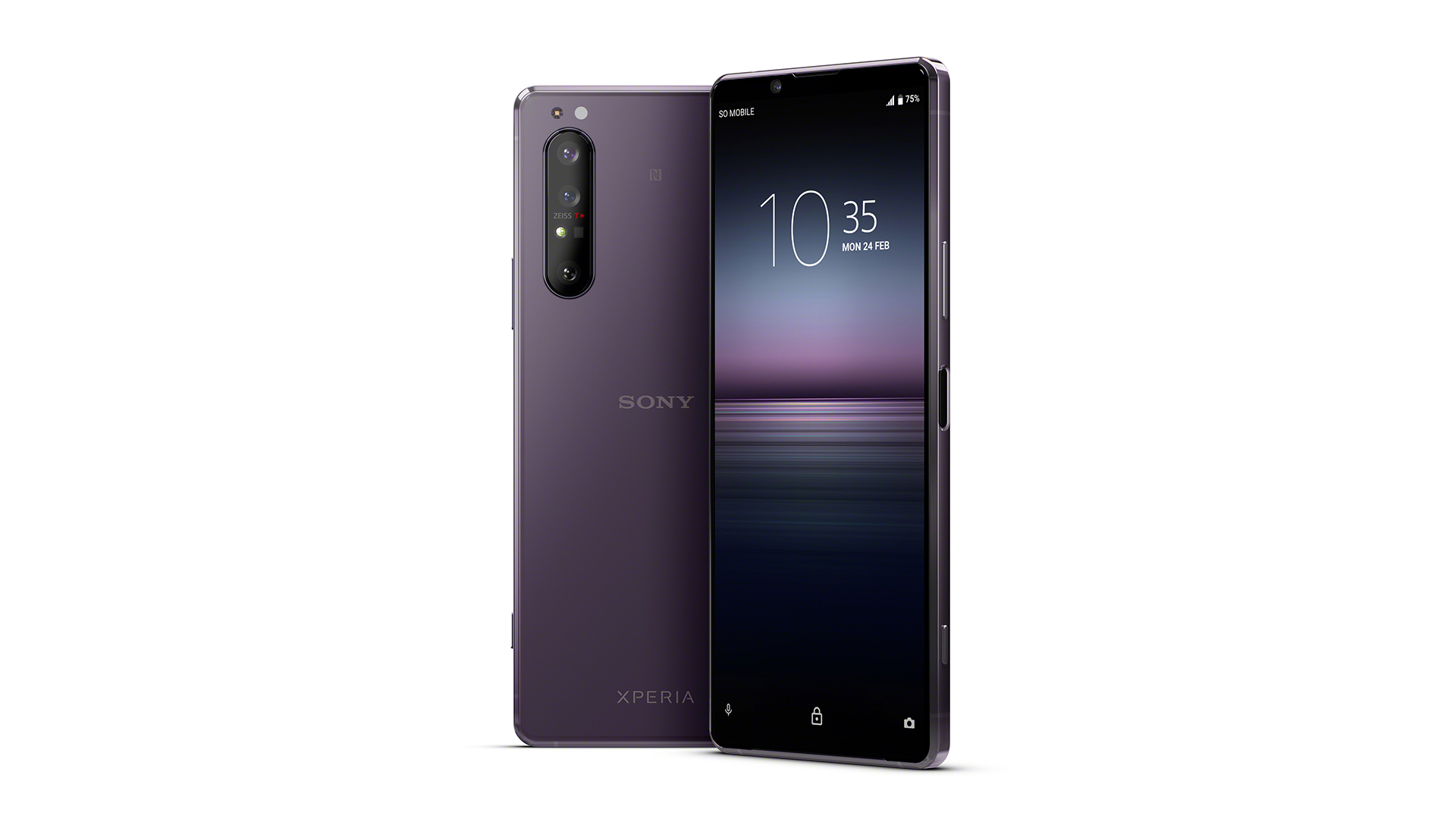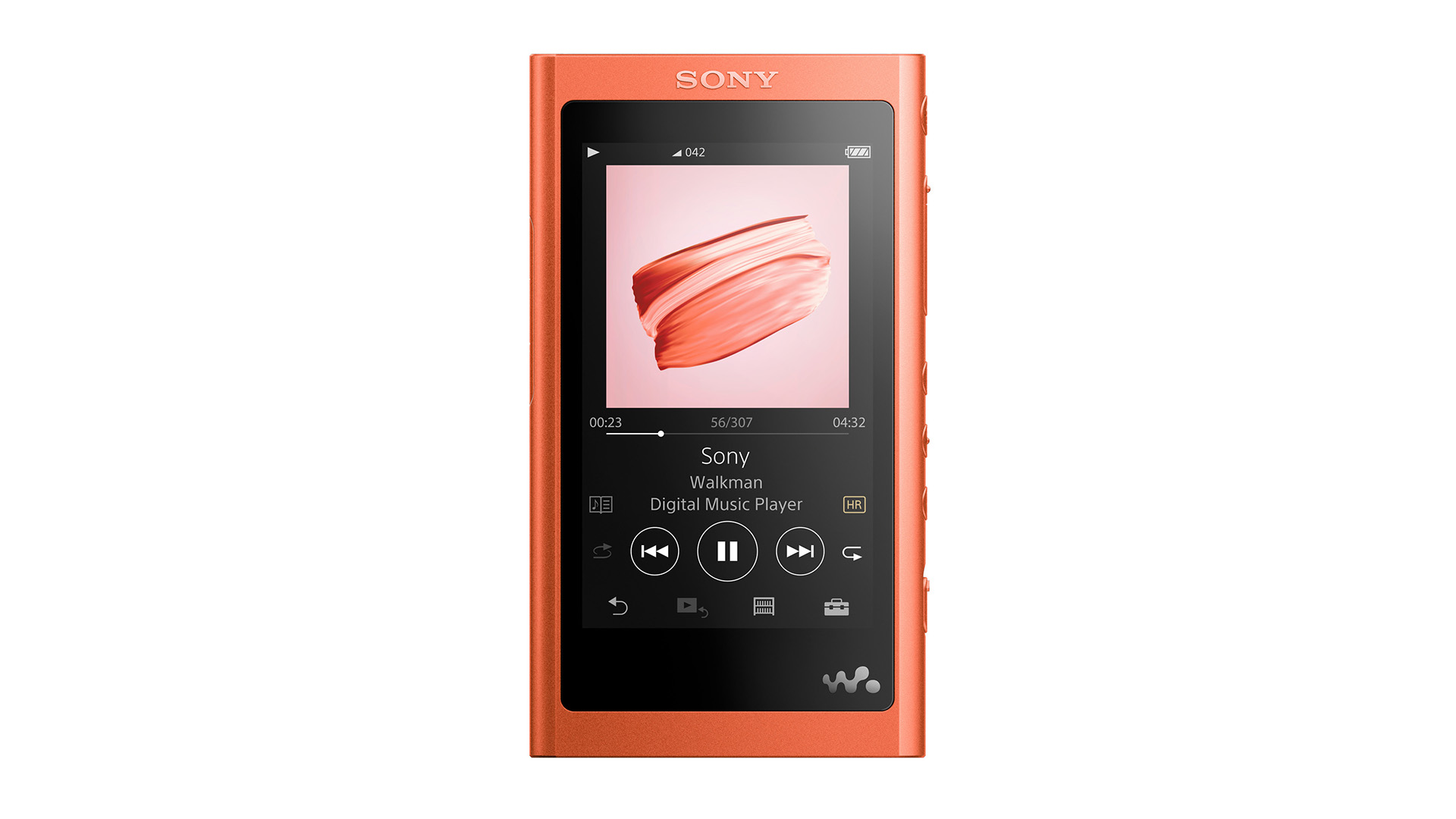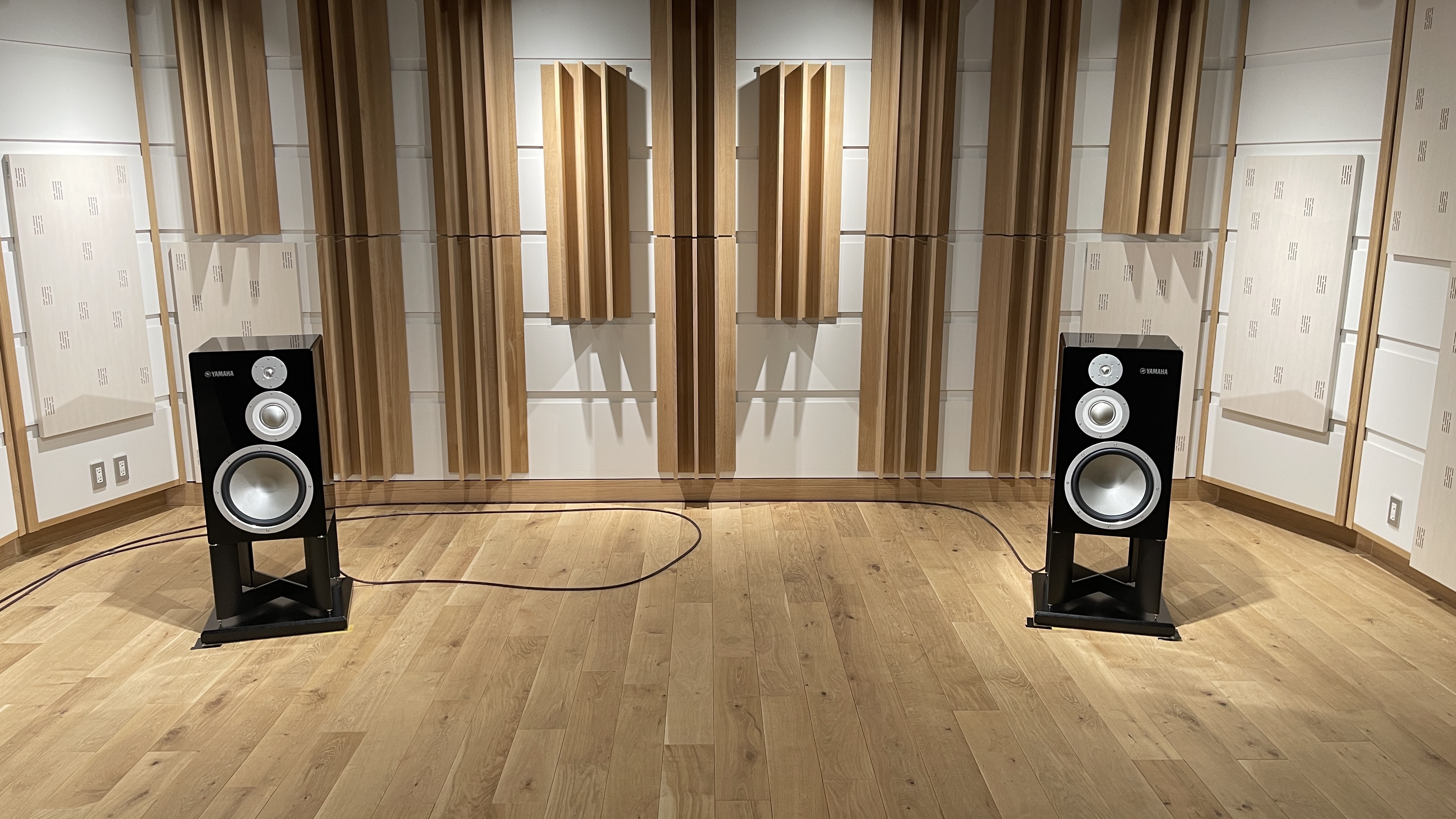LDAC: what is it? How can you get it? LDAC vs aptX
Sony’s ‘hi-res’ wireless audio codec explained

In an ideal world, we’d all be using wireless products that sound just as good as their wired counterparts. But we also need to be realistic. Convenience is now king, which is why you can’t walk down the street or partake in a Zoom meeting without a pair of wireless earbuds or Bluetooth over-ear headphones catching your eye.
But that doesn’t mean quality has to be completely jettisoned to achieve said convenience. There are still ways and means, which come in the shape of codecs that claim to be able to deliver high-quality audio through a wireless connection.
One of the first examples of this tech to hit the market was Sony’s LDAC codec, which launched way back at CES 2015. But what exactly is LDAC? How does it work and which products support it? Allow us to explain.
What is LDAC?
LDAC stands for… well, we don’t actually know what it stands for. Sony becomes especially shy when it comes to explaining the acronym, so in this instance, your guess is as good as ours.
What we do know is LDAC is a codec that allows you to stream high-resolution audio up to 32-bit/96kHz over Bluetooth at up to 990kbps. According to Sony, LDAC allows approximately three times more data to be streamed over Bluetooth due to the use of more efficient coding and “optimised packetization” of the data.
By comparison, the SBC codec (standard Bluetooth) only achieves a maximum data rate of 328kbps, while aptX HD by Qualcomm can stream at 576kbps. With Qualcomm's aptX Adaptive codec, the bitrate scales dynamically from 279kbps up to 420kbps. Qualcomm also has a new flagship codec, aptX Lossless, which we'll touch upon shortly.
LDAC was awarded “Hi-Res Audio Wireless” certification by the Japan Audio Society (JAS) in 2019.
What do you need to hear LDAC?

You’ll need a source and compatible headphones, wireless speaker or soundbar that support LDAC. It won’t come as a surprise that there’s a lot more support for the codec in Sony products. In fact, when LDAC was first announced it was purely limited to Sony kit, but that’s no longer the case.
When it comes to smartphones, LDAC’s source code is part of the Android Open Source Project, and it should be available on any phone sporting an Android Oreo 8.0 operating system and above. Naturally, manufacturers of any of the supporting products, whether it’s a smartphone or wireless speaker, still need approval from Sony to implement it.
Not sure if your Android smartphone supports LDAC? You need to turn on Developer options so you can find out and pick the best one for your needs. To do this you need to follow a couple of steps...
- Go to ‘Settings’ in your Android phone
- Tap on ‘About phone’ (or device)
- Scroll down to ‘Build number’
- Tap seven times until you see a message saying “you are a developer”
- Back to 'Settings' > ‘Developer options’ > ‘Bluetooth Audio Codec’
- Pick the best quality codec compatible with your headphones or wireless speaker
By default, most LDAC-compatible sources have a “Best effort” setting enabled, which controls the bitrate the device uses and allows it to be automatically adjusted depending on your listening environment. It switches between three different bitrates: 330kbps, 660kps and 990kbps. Therefore, if your Bluetooth signal isn’t particularly strong, then you won’t necessarily be listening in the highest quality all of the time.
Alternatively, it’s now possible to engage a “sound quality preferred” mode on your device, although you might be more prone to signal break up if you’re listening in an area where stability could be an issue. Having multiple wireless networks, large buildings and thick walls all in close vicinity could disrupt your audio stream.
Which products support LDAC?

Needless to say, it does help if you’re partial to a Sony product or two. Headphones like the Award-winning Sony WH-1000XM4 and their predecessors, the WH-1000XM3 both have LDAC support onboard.
On the smartphone front, Sony handsets like the excellent Xperia 1 II and Xperia 5 II both work as a source, as does a Sony NW-A55L Walkman. The Apple iPhone is a no-go, but as we've already mentioned, if you own an Android smartphone that runs on the Oreo 8.0 operating system or above, you should have access to LDAC support through your handset. Follow the steps mentioned above to double-check and enable it in your phone’s menu system.
Other manufacturers to have launched LDAC-compatible products include Audeze, Fiio (with its M11 Pro portable music player), Technics (and its EAH-A800 over-ear headphones), iFi (with its iFi's Zen One Signature DAC) Oppo, Panasonic and TEAC, but Sony still has the widest range, especially when you add wireless speakers and soundbars (such as the award-winning HT-ST5000) to the mix.
LDAC vs aptX
So how does LDAC stack up against its close codec rival, aptX? As we've already mentioned, LDAC allows you to stream high-resolution audio up to 32-bit/96kHz over Bluetooth at up to 990kbps. AptX HD can stream up to 24-bit/48kHz at 576kbps while aptX Adaptive supports up to 24-bit/96kHz and scales dynamically between 279kbps and 420kbps.
AptX Lossless launched in September 2021 promising lossless CD-quality (16-bit/44.1kHz) audio over Bluetooth at a rate of "beyond 1Mbit/s". In areas hindered by wireless congestion, this will automatically scale down as low as 140kbps. As is the case with LDAC, you still need the right hardware with the relevant chip to take advantage of the codecs. And, the fact that hardware doesn't tend to support both codecs also makes it tricky to compare the two.
If you happen to have your own kit that supports the LDAC codec and you’ve used it, then let us know what you think about the quality in the comments below...
MORE:
aptX HD Bluetooth: What is it? How can you get it?
Bluetooth 5: everything you need to know
Get the What Hi-Fi? Newsletter
The latest hi-fi, home cinema and tech news, reviews, buying advice and deals, direct to your inbox.
Andy is Deputy Editor of What Hi-Fi? and a consumer electronics journalist with nearly 20 years of experience writing news, reviews and features. Over the years he's also contributed to a number of other outlets, including The Sunday Times, the BBC, Stuff, and BA High Life Magazine. Premium wireless earbuds are his passion but he's also keen on car tech and in-car audio systems and can often be found cruising the countryside testing the latest set-ups. In his spare time Andy is a keen golfer and gamer.
-
Navanski I own an LG V30 smartphone and a Fiio M6 media player both of which are capable of transmitting in Sony's LDAC codec.Reply
What I don't own is a pair of bluetooth head or earphones. I own a variety of IEMs and a selection of headphones including Grado S80s, Philips SHP9500s, Sennheiser HD580s and Monoprice M560s.
I have a Radsone ES100 DAC/Headphone Amp which can handle LDAC. The Radsone is renowned for it's audio quality. I bought it when I had a smartphone without a headphone socket because as a USB DAC it's great. Despite that the sound via aptx-HD or LDAC still doesn't compare to a wired connection. -
Morgrain The article has a factual mistake. The WF-1000XM3 does NOT support the LDAC codec. It only supports SBC and AAC.Reply
"Needless to say, it does help if you’re partial to a Sony product or two. Headphones like the Award-winning Sony WH-1000XM4 and the five-star WF-1000XM3 wireless earbuds are onboard. " -
trainerdgi I own a pair of the 1More Triple Driver Bluetooth Earbuds and can confirm that they are LDAC compatible. It is actually perhaps the most significant and promoted feature of the set, other than the triple drivers employed of course. I can say without a doubt when connected to my phone via LDAC, the sound is unparalleled even to my wired Sennheiser Momentum 2/HD1 earbuds. I have been interested in acquiring a pair of the wired version of the 1More Triple Driver Earbuds to see how they compare, but alas I can't justify spending the money while I already have the bluetooth version and a pair of premium Sennheiser earbuds as mentioned.Reply -
trainerdgi Bought the Triple Driver Bluetooth set from Walmart for $40 last Christmas btw if anybody is interested I believe the sale is still ongoing even 10 months later. The only downside is that after a lot of use, the battery life sucks, providing maybe 3 hours of use before needing to recharge. However, they fully recharge tremendously fast (30 min-45min or so) and due to the FANTASTIC sound quality, I think is perfectly justified, especially at the price of $40...Reply -
AcidTest Really wish Windows would add support for LDAC. I bought a pair of the Audeze Mobius wireless gaming 'phones last year, which include LDAC. Except I use them with a Windows PC, and Windows has no driver/support for LDAC yet. To get around that limitation I bought a Fiio BTA30. It does work but it's an extra config and piece of gear I'd rather not have to use. The Mobius is advertised as wireless but it really isn't unless you have LDAC b/c it doesn't support aptX or any other high quality codec.Reply -
wmarple In audio processing terms DAC stands for Digital to Analog Conversion. I'm pretty sure LDAC would stand for Lossless Digital to Analog Conversion.Reply

